Enter a surname, town name or other keyword to search the database. Remember to
allow for the different spellings of 'Mc' and 'Mac.' Good luck!
{Search tips: Use single word search terms for more results}
You must enter some valid character(s) into the search field
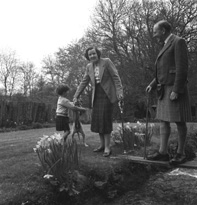
Reference: 44583q
Brigadier Kenneth James Garner...
|
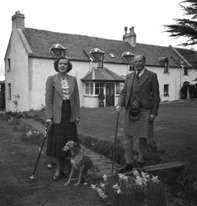
Reference: 44583p
Brigadier Kenneth James Garner...
|
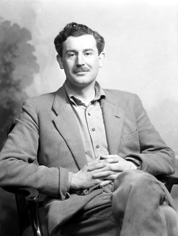
Reference: 40813b
Lord Lovat. Brigadier Simon Ch...
|
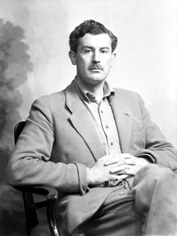
Reference: 40813a
Lord Lovat. Brigadier Simon Ch...
|

Reference: 24711a
John M. Fraser, 38 Abbey Garde...
|
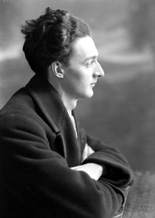
Reference: 24711b
John M. Fraser, 38 Abbey Garde...
|
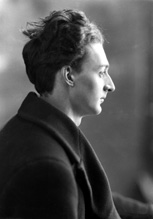
Reference: 24711c
John M. Fraser, 38 Abbey Garde...
|
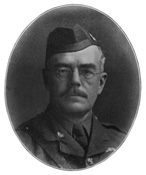
Reference: 27563a
Major Angus Falconer Douglas-H...
|
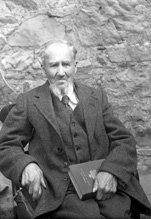
Reference: 26107b
Mr Mackay. The book he is hold...
|
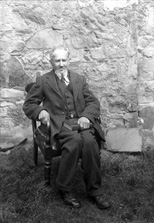
Reference: 26107a
Mr Mackay. The book he is hold...
|
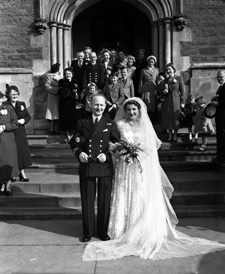
Reference: 44527h
MacEachern bridal, Cromarty, B...
|
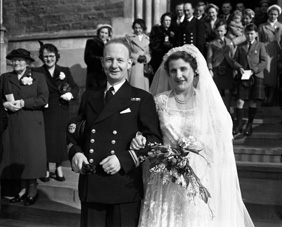
Reference: 44527g
MacEachern bridal, Cromarty, B...
|